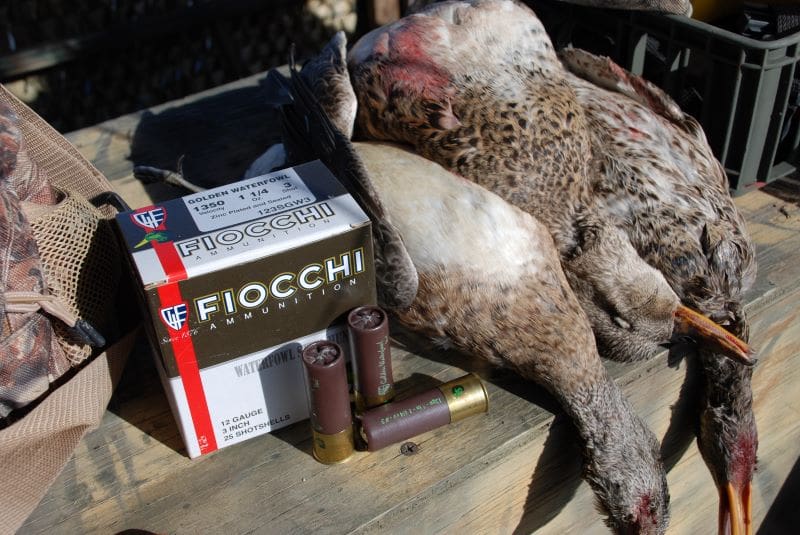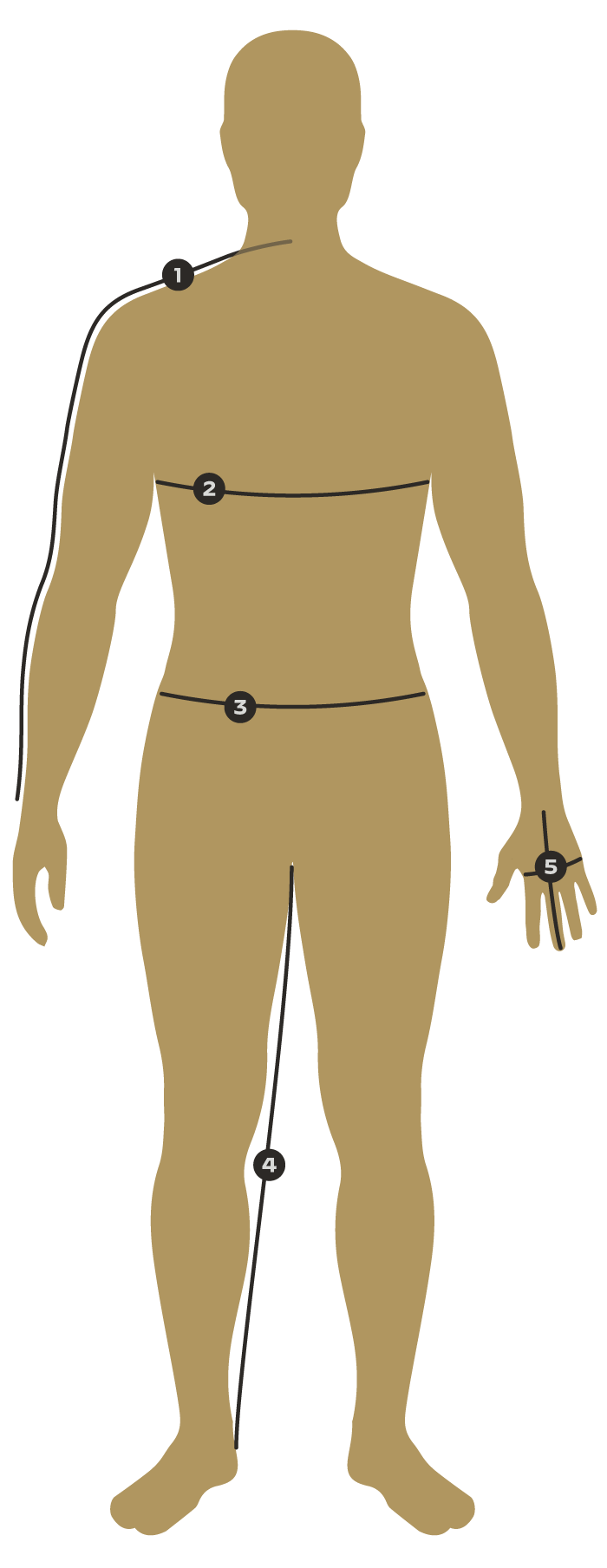My Dad used to be a fan of Winchester Super-X lead number 5 shot shells and used them for just about everything. This was before the days of steel shot, so he used them for ducks, and I remember it was his go-to load for hunting pheasants.
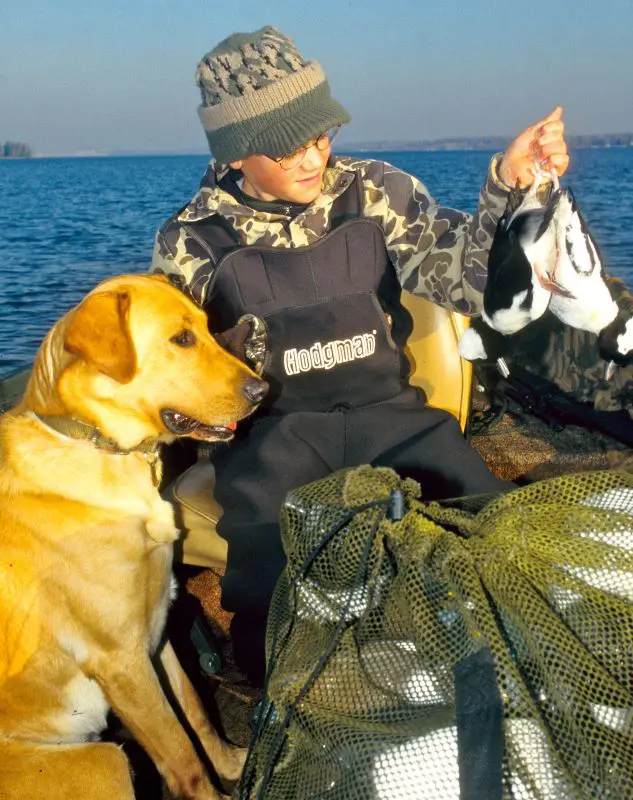
Today, waterfowlers are required to use non-toxic shot when hunting waterfowl. Steel shot is the most popular choice. Because steel is less dense than lead, number 3 shot would be the equivalent weight of the number 5 lead shot my dad used. Try finding number 3 steel, though.
If you go to your local sporting goods store or mass merchandiser, you’re lucky if they have BB, 2, and 4 shot. And that will probably be early in the season or just before. After the season has started, it’s likely to be slim pickings. By season’s end, you’ll be lucky if they have any steel shot.
Number 4 shot is actually a good choice for early-season teal. Teal are diminutive birds, easy to bring down so a dense load of fine shot is good. The same can be said for wood ducks. YOY wood ducks are about the size of teal and number 4 shot would be a good choice for them.
Years ago, I was hunting near Pierre, South Dakota, and went to the Dakota Mart for ammo. Dakota Mart had the most extensive selection of shotgun shells I’ve ever seen. The isles started on one end with 10 gauge and ended at the other with .410. The shells were on pallets two wide and went 60 feet in one direction and then 60 feet in the other. They had every lead or steel shotshell you could possibly want.
I was looking for deals. I found some Federal 1-1/8 ounce, 3-inch steel number 5 shot on sale for $5.99 per box. I bought a bunch, reasoning that they’d work fine over decoys. The next day, a mixed flock of puddlers piled in the hole in the middle of the spread. I killed one of the first triples I can remember with the fine shot. The number 5 shot worked great over decoys on the widgeon, pintail, and shovelers we were shooting.
Number 4 shot is a good option over decoys, but as you get farther into the season, birds mature, get more feathers and fat, get a little leerier, so you might not get as many in-your-face shots. You’re likely targeting bigger, more fully plumed ducks like mallards, black ducks, redheads, or canvasbacks later. Number 2 shot works well on the bigger ducks, but 3 shot is a great compromise. It still does yeoman’s work on bigger ducks and excels when a flock of bluebills buzzes the decoys.
I love number 3 shot for early-season ducks. It’s a good compromise between number 2 and number 4 shot, but hard to find. When I do, I typically buy it by the case.
Our annual trip to North Dakota often finds us hunting fields for ducks and geese. We usually hunt harvested croplands and deploy a hybrid spread of goose and duck decoys. Usually, we get a mixed bag of ducks and geese. If I don’t have the “right” load in my shotgun, I find myself constantly changing from BB to 2 shot depending on if we have a flock of geese or ducks circling the spread. Thank God for shell loops in jackets!
Number 2 shot works adequately on medium-size geese like snows, white-fronts, and cacklers, but we see plenty of big honkers, too, when I’d like to have BB or BBB shot in the magazine. A great compromise is number 1 shot.
I love Fiocchi’s Golden Waterfowl (fiocchi.com) shot shells. The Golden Waterfowl loads are available in sizes 4 through T, and their 3-inch shells deliver a 1-1/4-ounce load at 1,350 fps. The precision, uniformly plated steel shot delivers the densest possible pattern propelled at optimum velocity for maximum knock-down potential, and they’re made in the USA. I typically begin the season with a case of Golden Waterfowl in size 3 and 1 shot.
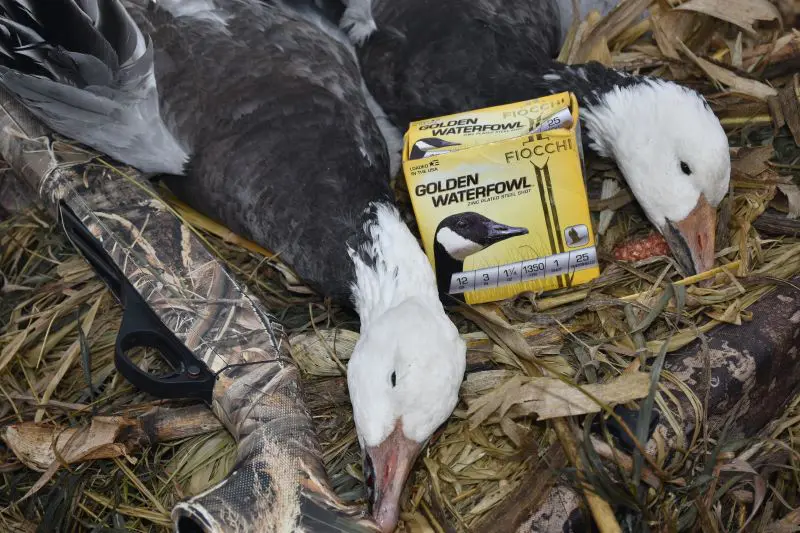
The early September goose season presents another predicament concerning shot choice. Most of the geese hunters target in September weren’t even flying a month earlier. These YOY birds are frail and do not resemble the giant honkers you hunt later in the season. They’re half the size of the mature adult honkers you’ll target in early winter, so there’s no need for heavy BB or BBB. Steel number 2 shot works well for September geese over decoys. A better choice, though, might be number 1 shot for the adult geese that you’ll encounter, too.
It’s been over 30 years since lead shot was banned for hunting waterfowl. Steel was the original choice for non-toxic shot, but other alternatives have shown up on the market since.
According to the U.S. Fish and Wildlife Service (USFWS), non-toxic shot is any shot type that does not cause sickness or death when ingested by migratory birds. Lead, a metal with no biologically beneficial role, becomes toxic upon entering the digestive system of game birds.
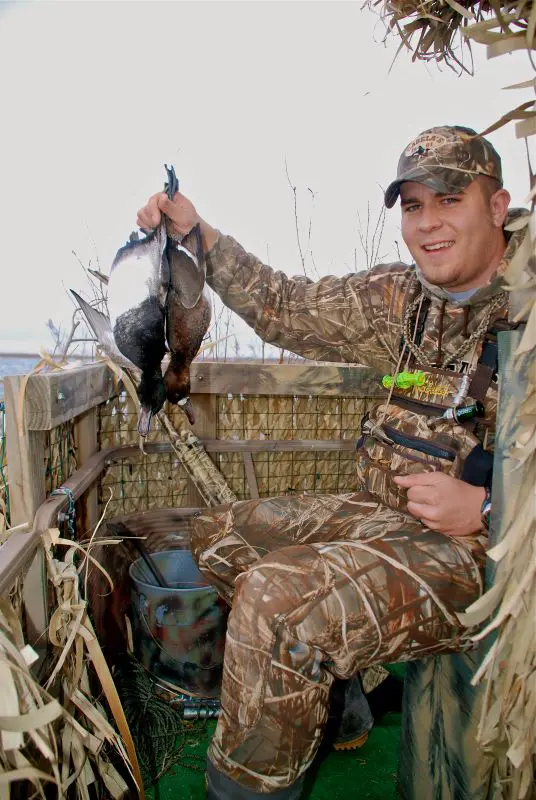
Lead also slowly and naturally dissolves, allowing it to enter the groundwater. This creates the potential to enter not only our water sources but our crops and animals as well, which ultimately affects humans as consumers. For these reasons, lead shot was banned for all waterfowl hunting in the U.S. in 1991. Many states have additionally prohibited lead shot in specified areas, like Waterfowl Production Areas.
There are currently 13 types of various non-toxic shot types that are approved by the USFWS. Shot shells loaded with steel shot are the most popular by far. Compared to lead steel is lighter, less dense and harder than lead. Because of its hardness, it doesn’t flatten and transfer its energy so steel pellets don’t provide the wallop lead pellets do. Because steel is lighter, you need to use pellets that are two sized larger (2 shot versus 4 shot) to produce an equivalent amount of energy. Steel shot now is commonly coated with nickel or copper for better performance.
Steel shot has come a long way though. Manufacturers discovered if you made steel shot faster it could deliver more energy. It’s that old Albert Einstein E= MC2 thing. Because steel doesn’t deform like lead is also provides better patterns. Advances in powders and thicker, barrel-protecting wads have made steel shot a non-toxic viable to lead that is much cheaper than other alternatives. Steel shot has made most waterfowler better shots, too. It’s common knowledge that if you miss a duck, you probably shot behind it. With faster loads of steel shot, it compensates for your error in lead.
Because steel shot doesn’t deform and delivers tighter patterns than lead, you should consider using more open chokes. Over decoys, an improved cylinder is ideal for decoying ducks and geese. Experts recommend a modified choke for pass shooting and long-range shooting. A more open choke is also easier on your barrel with hard steel. Make sure the screw-in choke you choose is rated for steel shot usage.
Other non-toxic metals produce shot that is like lead in weight. Consequently, you can use shot sizes in other non-toxics loads like you used when shooting lead in the old days. For instance, a number 4 or 5 load of non-toxic bismuth makes for a deadly load for ducks over decoys.
Other non-toxic metals used for making shot shells include tungsten, bismuth, iron and nickel used in combination.
Hevi-Shot (hevishot.com) uses a combination of tungsten, iron and nickel in their Hevi-Shot loads. Hevi-Shot has been around for more than 30 years and is heavier than lead and hard like steel. It’s a popular non-toxic alternative. One place where’s it’s extremely hard is on your wallet. If you’re willing to pay the price, Hevi-Shot will provide improved down-wind velocity and higher pellet counts on target. Hevi-Shot is also readily available in smaller gauges for those wanting to use something other than a 12 gauge on waterfowl or non-toxic loads on upland birds.
The bismuth-tin alloy used to make bismuth shot is as close to lead as you can get in terms of softness, weight and density. It’s the perfect non-toxic choice for those that want to shoot a thin-barreled side-by-side or over/under for waterfowl. Bismuth is also softer than steel, minimizing the wear on shotgun bores caused by hard steel. Bismuth shot has 24% greater density than steel, which results in superior retained energy and penetration at longer ranges than steel. One of the more popular bismuth loads is produced by Kent Cartridge (kentcartridge.com). Kent’s advanced manufacturing techniques produce bismuth pellets of superior integrity and ballistic capability for consistently tight patterns. It’s also made in the USA.
Tungsten shot is made from a combination of tungsten and a plastic/polymer or iron for a binder. Like bismuth, it’s compatible with older firearms and performs similar, if not better, than lead. If your lead is true, consistent 50-yard shots are reasonable when using tungsten. But again, you’re going to pay for it.
Hevi-Shot® Hevi-XIII tungsten shotshells increase knockdown power and range over steel shot significantly. The density of tungsten-based shot pellets allows you to size-down 2 shot sizes from what you would usually use in steel shot, which enhances pattern density greatly, for clean kills.
Another alternative when choosing shot sizes and loads is duplex shotshells. Duplex loads combine different shot sizes or even shot of different metals into one load.
Remington (www.remington.com/nitro-steel-duplex) has reintroduced their Nitro-Steel Duplex load that will be available this fall. Remington Duplex shells are loaded with two different sizes of steel shot for ultimate performance at all ranges. Blended, high-velocity magnum steel payloads produce dense patterns with the smaller shot size close, while the larger shot hits hard close and maintains energy at longer ranges. Available in 4 shot combinations.
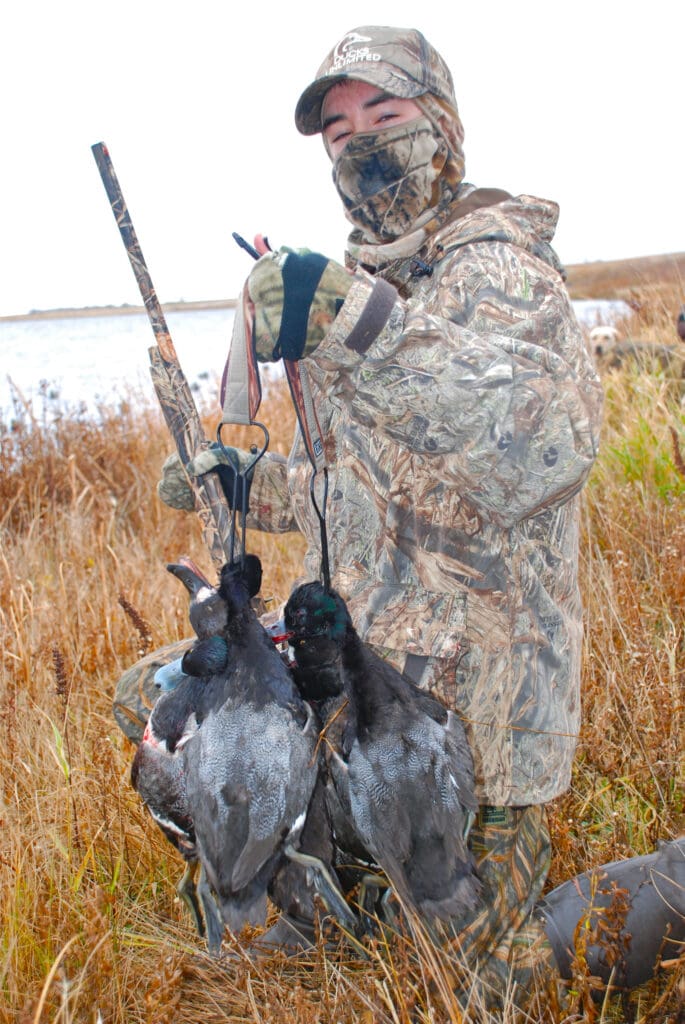
Hevi-Shot® loads its Hevi-Hammer shotgun ammo with 85% premium steel shot, layered with 15% Bismuth shot. Bismuth is 22% denser than steel, which makes pellets penetrate deep, while the steel shot keeps patterns tight and costs down. Steel pellets are treated with dry film lubricants for enhanced resistance to corrosion. Hevi-Shot Hevi-Hammer shotgun shells are manufactured with premium hulls and a thick base wad for reliable operation in semi-auto shotguns, and higher brisance primers for improved performance in cold weather. An innovative flaxseed spacer above the shot load ensures a solid surface for crimping and is biodegradable.
Alternatives for non-toxic shotshells for hunting have never been better. Take advantage of the choices.
